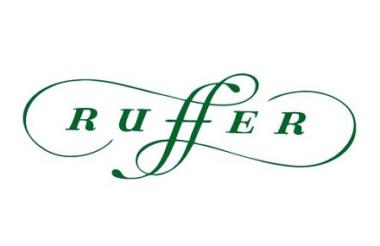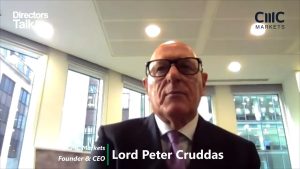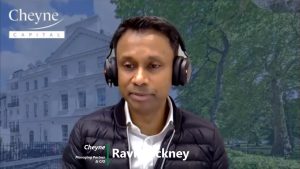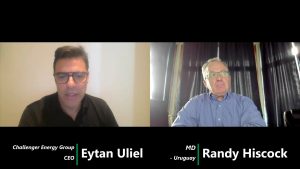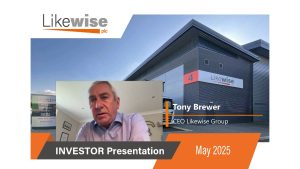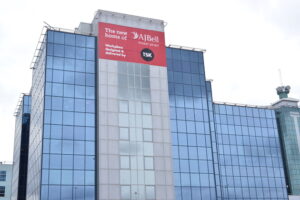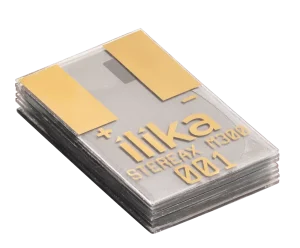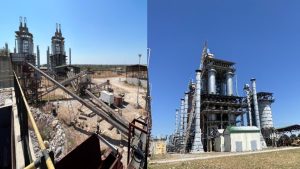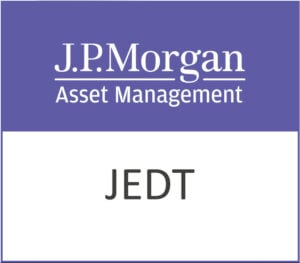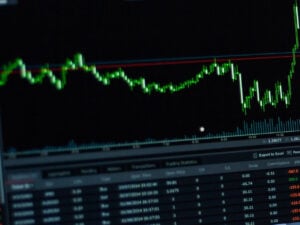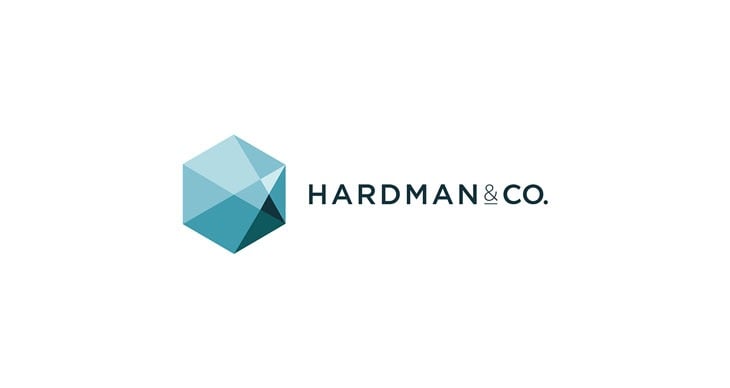Ruffer Investment Company (LON:RICA) released its Annual Financial Report for the year ended June 30, 2025 here. In this article quoting directly from the Chair’s statement in its Strategic Report, we’ve covered the key performance indicators, investment performance, fund managers, earnings and dividends and outlook.
“The past year re-affirmed that RICL can combine owning ‘shock resistance with satisfactory returns in the meantime’. The Board continues to have confidence that RICL has an important role to play in investors’ portfolios during these uncertain times”
Nicholas Pink, Chair
Chair’s Statement
Overview
The investment performance of Ruffer Investment Company Limited (RICL or ‘the Company’) improved significantly in the second half of the financial year. 2024/2025 marked the Company’s strongest NAV total return (NAV TR) and share price total return for the past three financial years. This positive performance was particularly notable considering the volatile market conditions. In 2024/2025, the Board has been focused on enhancing shareholder value. A key action was a significant share buyback programme, totalling 15.6% of the shares outstanding at the beginning of the financial year. This represents a substantial increase on the previous financial year, when 6.7% of the share capital was repurchased. Since the first share repurchase in August 2023, the Company has bought back nearly 23% of its shares outstanding. A second key action has been Ruffer LLP’s (‘Ruffer’ or ‘the Investment Manager’) improved direct-to-consumer marketing strategy. Both of these initiatives, which I examine in greater detail below, are designed to counter the continuing discount of the share price relative to NAV per share. It was therefore pleasing that the discount of the share price to NAV per share narrowed in 2024/2025, after widening in the two previous financial years. The reduction in the discount enhanced share price returns beyond the gain in NAV TR.
Key performance indicators (KPIs)
The Company has seven KPIs, which are detailed on page 2 of the Annual Report. Investment performance in the financial year 2024/2025 was a classic game of two halves. The second half saw strong performance, offsetting broadly flat performance in the first six months. NAV TR over the 12 months to 30 June 2025 was +5.3%. The discount of the share price to NAV per share narrowed to 3.4% at 30 June 2025 (from 5.0% at 30 June 2024); consequently, the share price total return over the same period was higher at +7.3%. The Company’s performance therefore met the aim to generate consistent positive returns, however financial markets are performing, but fell slightly short of the Company’s objective of twice the Bank of England base rate (9.8% in 2024/2025). The Board carefully evaluates the performance of the Investment Manager over a range of time periods. While one‑year performance improved, Ruffer’s performance over the past three‑year period is below the Company’s objective. However, the Board strongly believes that the investment industry’s focus on such short time periods doesn’t allow for a manager’s capabilities to be fully reflected.
Over the past five years, the Investment Manager’s performance has broadly matched the Company’s objective; and over ten years, Ruffer has exceeded the objective of twice the Bank of England base rate. Over the entire 21 years since inception to 30 June 2025, the Company has delivered annualised NAV TR per share of 6.8%, exceeding the objective of 3.9%. This has been achieved with lower volatility than equities and bonds, as shown in the chart above.
The Company’s annualised dividend yield on 30 June 2025 was 2.1%, an increase from 1.4% at the end of the previous financial year, due to higher revenue from the portfolio.
Despite the reduction in the Company’s size due to substantial share buybacks, which more than offset gains from investments, the ongoing cost ratio remained stable at 1.07% (1.06% in the 2023/2024 financial year). The Board has carefully evaluated both the management fee and other costs and believes they are competitive.
Investment performance
In recent Annual and Interim Reports, the Investment Manager argued that markets were discounting a goldilocks scenario for US bonds and equities and warned that this was too complacent given the risks. The Investment Manager forecast three potential paths ahead: a continued US-led equity rally, a significant equity market sell-off, or a rotation within markets. Markets in 2024/2025 were so volatile as investors held all three views at different times.
The outstanding aspect of RICL’s performance in the past year has been the ability to achieve positive returns amidst such diverse market regimes while retaining the necessary protection to offset market falls. This was achieved by Ruffer through a combination of three factors:
First, asset allocation has been dynamic, with careful optimisation of the allocation to equities, short-term bonds, commodities and inflation-linked bonds. For example, the gross allocation to equities has varied between 23% and 35% but the net allocation after accounting for derivative positions has fluctuated between 0% and 48%.
Second, long-held contrarian positions in unloved ‘ugly duckling’ assets have been rewarded. For example, China equities, UK equities and the yen have all delivered positive returns.
Third, unconventional assets held to protect the portfolio against market downturns have paid off during equity market sell-offs in August 2024 and April 2025. This helped RICL achieve positive NAV returns during these market squalls.
One aspect of RICL’s portfolio that continues to attract questions from shareholders is the Company’s trading of derivatives and ownership of specialist third-party hedge funds which typically use credit and derivatives. A financial derivative is a contract between two parties that derives its value from an underlying asset, such as stocks, bonds, commodities or currencies. It is essentially a play on the future price movement of the underlying asset. While derivatives have become increasingly common in the investment company sector as an alternative to bank debt, Ruffer typically uses them – along with funds – not just for hedging against risks, but also to profit from price movements and to amplify gains with relatively small investments. Examples of their use in the past year have included options to benefit from spikes in equity volatility, options to benefit from both rises and falls in equity price levels and ownership of funds which benefit in market sell-offs. The trading is undertaken directly by Ruffer’s dedicated protection team or via investment in funds managed by specialist third-party managers.
Risk is overseen by Ruffer’s risk team. Although Ruffer has used derivatives since 2008, it is by no means axiomatic that it does so. However, in a period in which bond-equity correlations are positive, bonds may not offer insurance against equity market falls and unconventional protection via derivatives may be needed to help the Company to meet its objective. The closed-ended status of RICL is an ideal structure to own strategies such as the third-party funds, given their illiquidity. These strategies are also a source of differentiation for retail shareholders, as they are typically only available to larger clients at a higher cost.
Although in individual periods the attribution from derivatives and third-party funds may be positive or negative, the Board believes the way to assess their success is via the Company’s NAV TR, as all activity is conducted as part of overall asset allocation to achieve the Company’s objective.
More detail about investment performance can be found in the Investment Manager’s report on pages 12 to 37.
Fund managers
Alex Chartres and Ian Rees joined Jasmine Yeo as joint fund managers of the portfolio, following Duncan MacInnes’s departure in February 2025. Management of the portfolio is unchanged in operational terms, with close collaboration between the fund managers and the Chief Investment Officer, including regular updates to the Board. The fund managers have also maintained strong relationships with the Company’s largest shareholders.
Jonathan Ruffer, Chairman of Ruffer LLP, announced his retirement on 30 September 2025. He was Founder and Chief Executive of Ruffer LLP (1994-2012), and Investment Manager of RICL (2004-2012). Henry Maxey takes over as Chairman on 1 January 2026, retaining his role as co-CIO. Whilst Jonathan has not had day-to-day involvement in RICL for a decade, his wisdom and contrarian thinking are hallmarks of the firm he founded. The Board thanks Jonathan for his distinguished service and wishes him well in his retirement.
Earnings and dividends
The Company’s earnings per share of 12.61p for the 12 months to 30 June 2025 was split between 5.78p of revenue and 6.83p of capital (2.69p in 2023/2024, split 5.48p of revenue and capital losses of 2.79p). The Company continues to invest for total return, which gives the Investment Manager the flexibility to own any asset consistent with achieving the Company’s objective. Consequently, revenue is not the primary goal but rather a by-product of the investment portfolio.
The Board is committed to distributing at least 85% of revenue earned in any given year. Having paid an interim dividend of 2.85p in April 2025 (2.0p in 2023/2024), the Company has declared a second interim dividend of 3.35p on 1 October 2025 (3.1p in 2023/2024). The dividend will be paid on 24 October 2025. The remaining balance of revenue earned has been retained to add to the revenue reserve (£18.3 million or 6.1p per share at 30 June 2025), which may be used, where the Board believes it appropriate, to cushion dividends against future fluctuations in revenue per share.
Outlook
In his 1921 classic Risk, Uncertainty and Profit, the economist Frank Knight argued that it is difficult to forecast uncertainty, whereas risk has known probabilities.
This distinction remains relevant today as markets grapple with the implications of Trump 2.0. US tariffs, one example of uncertainty, are set to be the highest for nearly 100 years, making forecasting complex. Another example would be any threat to the independence of the US Federal Reserve, a common feature in emerging markets but near unprecedented in developed markets. The difficulty in judging whether these are threats or more grist to TACO (‘Trump always chickens out’) makes pricing the impact on markets very challenging. Evidence of the market fuddle is that both the S&P 500 and gold trade near record highs, one a sign of risk appetite, the other a sign of risk aversion.
There is undoubtedly an upside case for global equities but it is a more difficult one given US equity valuations are priced for perfection. Investors would therefore be wise to consider what insurance to own against uncertainty. To compound the problem, since 2022 the bond-equity correlation has reverted to positive from negative, implying equity and bond prices will rise and fall together rather than hedge each other. Typical bond hedges may not provide the insurance to equity risk that have worked for the previous 20 years during the ‘Pax 60:40’ era. As a result, the case for RICL’s ownership of unconventional protections holds up for a period of ‘Knightian uncertainty’.
The past year re-affirmed that RICL can combine owning ‘shock‑resistance with satisfactory returns in the meantime’. The Board continues to have confidence that RICL has an important role to play in investors’ portfolios during these uncertain times.
Nicholas Pink, Chair, 30 September 2025.


